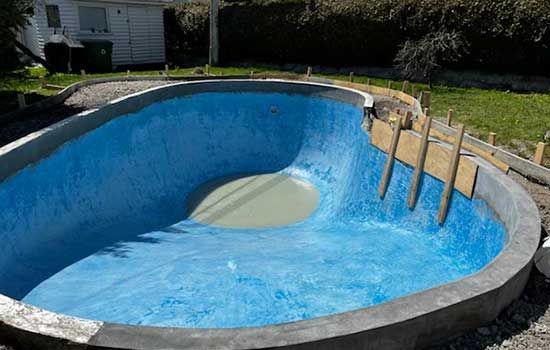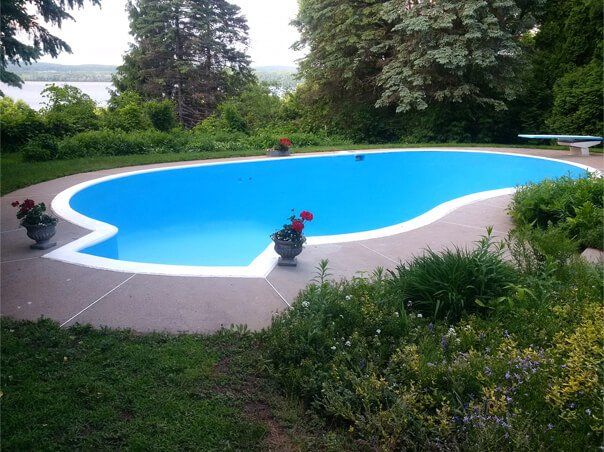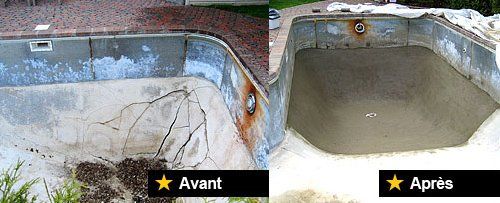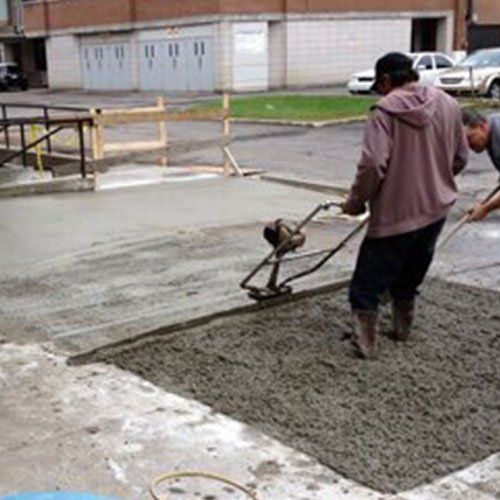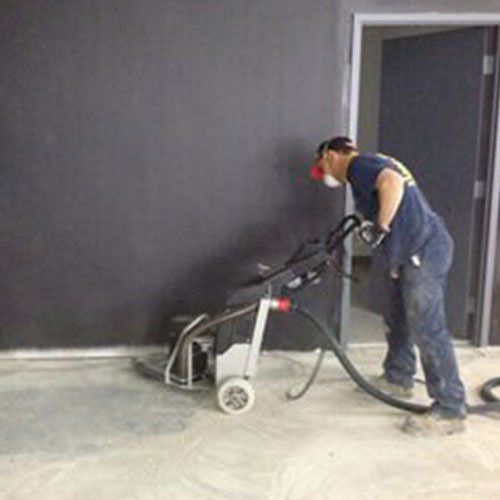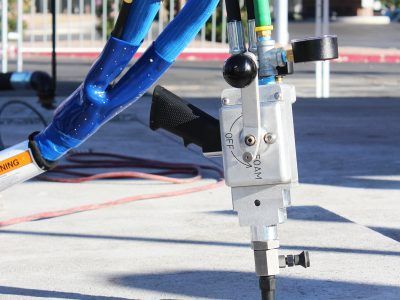POOL REPAIR
Concrete Pool Repair: Structural Problems
The superficial damage to a swimming pool in concrete can be annoying. The structural damage in a swimming pool in concrete can be a disaster.
Most of the major damage occurs when the swimming pool is designed, constructed or maintained incorrectly, and many of the things that we are going to talk about here can be avoided.
Concrete Pool Cracks
A crack in your swimming pool concrete does not always indicate that the shell of the pool is cracked. Most of the time, these cracks are limited to the surface layer and does not go deeper than the finish plaster. This means that they do not generally result in leaks, but they may, however, aggravate your algae problems or lead to nodules of calcium.
The cracks in the plaster can generally be repaired, or if they are too serious, you can re-plastering your pool for the repair. Unfortunately, the replacement of the plaster of your pool is expensive.
Structural Cracks
Cracks in structural can appear anywhere on the swimming pool and can develop in any pattern or direction. You can see them in the corners of the pool or around the skimmer, but they can develop in any area. Many times, a crack in the structure will create a leak and you may notice that you need to do the water make your swimming pool more often before you see the crack.
What causes concrete pools to crack?
- Poor construction or engineering
- Ground movement
- Groundwater
- Shifting soil around the shell of the swimming pool (due to a soil poorly compacted during construction)
- Freezing and thawing
You could see the cracks structural in your pool if the pool has not been built correctly, or if it was made with materials of poor quality. It could even crack if it was installed at a wrong place (too close to another structure, for example). The motions of the ground, like an earthquake, can also cause cracks in the swimming pool as well as the hydrostatic pressure from groundwater.
If your contractor failed to compact the soil correctly around your pool, it could move around and pile up with time, which would almost inevitably cause structural damage. Finally, the freezing and thawing of groundwater around your pool cause the expansion and contraction of the soil during the cold months. This can also cause cracks in the concrete.
Tip : if you notice a crack, get your pool repaired as soon as possible. The longer you wait, the problem can get worse. Whatever path that you take to repair it, try to discover the cause of the crack to prevent further damage.
Pool concrete repair: How to fix a cracked pool
You will have several options to repair the cracks in the concrete shell :
- Inject epoxy or polyurethane into the crack to seal it
- Apply hydraulic cement over the crack
- Staple the crack closed with rebar staples
- Rip out and redo the damaged area of the pool
The injection of epoxy or polyurethane is not the best long-term solution, but it could be the most affordable in the short term. The application of hydraulic cement is similar to the injection of epoxy in terms of sustainability. This may be a good temporary solution, but it does not solve the root of the problem.
Stapling the crack can prevent further cracks and keep that area from opening up again.
Contact us today!
Email: duraseal@bellnet.ca



